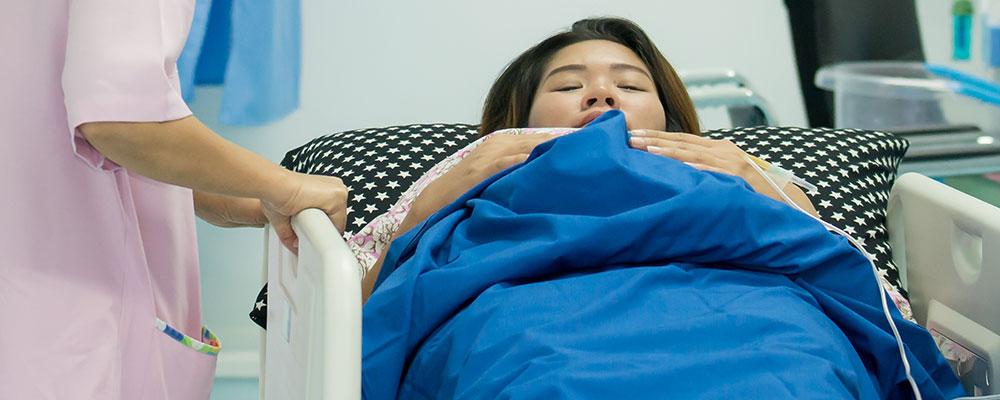Chicago, IL 60601
FREE CONSULTATIONS 312-462-4200
TOLL FREE 833-462-4200
Birth Injuries From Labor Induction

Assistance With Injuries Caused By Induced Labor - Illinois Medical Malpractice Attorney
During pregnancy, labor, and delivery, a mother will want to do everything possible to ensure the safe birth of her child. In some cases, an expectant mother will go into labor after her pregnancy reaches full term, but in others, medical intervention may be required to induce labor. While labor induction is common, it does present certain risks for both the mother and the child, and birth injuries may occur as a result.
Reasons for Labor Induction
The decision to induce labor may be made for one of two reasons:
- Medical necessity - Health conditions may exist that would make it ideal to have the child delivered as soon as possible. These may include pregnancy-related issues such as gestational diabetes or preeclampsia, issues that affect the child such as low levels of amniotic fluid (oligohydramnios) or placental abruption, or the pregnancy having progressed past the expected due date.
- Elective labor induction - In some cases, labor may be induced even if it is not medically necessary. This may allow the birth to be scheduled at a convenient time for the mother or to ensure that a preferred doctor will be able to perform the delivery.
Methods of Labor Induction
A variety of treatments may be used to induce labor, including:
- Inducing contractions - Pitocin, a synthetic form of the hormone oxytocin, may be administered through an IV, causing the uterus to contract and beginning or speeding the process of labor.
- Ripening the cervix - Medications such as prostaglandins may be used to help the cervix soften and dilate. These may be administered orally or applied directly to the cervix. In some cases, a catheter may be inserted to help widen the cervix.
- Sweeping the membranes - A doctor or nurse may use their fingers to separate the amniotic sac from the wall of the uterus, which causes the release of chemicals called prostaglandins that can stimulate labor.
- Amniotomy - The membranes of the amniotic sac may be ruptured manually, causing the mother's water to break and beginning the process of labor.
Potential Injuries From Labor Induction
While induced labor is generally safe, it can lead to complications during birth that may cause injury to the child or mother. These complications may include:
- Umbilical cord issues - Rupture of the amniotic sac can lead to a prolapsed umbilical cord, which may cut off oxygen to the child, resulting in asphyxia and brain injuries.
- Heart rate issues - The medications administered to induce labor can cause intense contractions, or contractions may be very close together. This can lead to a lowered heart rate for the child, resulting in injuries from lack of oxygen.
- Infections - Rupture of amniotic membranes increases the chance that either the mother or the child could contract an infectious disease.
- Shoulder dystocia - Induced labor increases the risk of the child's shoulders becoming lodged in the birth canal during delivery. This can lead to asphyxia or brachial plexus injuries.
- Maternal injuries - Labor induction can increase the chances of uterine rupture or post-partum hemorrhaging. These types of injuries can be very serious, and they may lead to maternal death.
Induction of labor can increase the likelihood of complications, the need for Cesarean delivery, or the potential for injuries. When labor is induced, the vital signs of both the mother and the child should be closely monitored, and medical staff should take immediate steps to address any issues that may arise.
While some injuries that occur during birth may be unavoidable, negligence on the part of doctors, nurses, or other medical personnel may be to blame for harm done to a mother or child. At the Birth Injury Law Alliance, we can examine the circumstances of your injury and help you determine your options for meeting your financial needs. To set up a free consultation, contact us at 312-462-4200.





